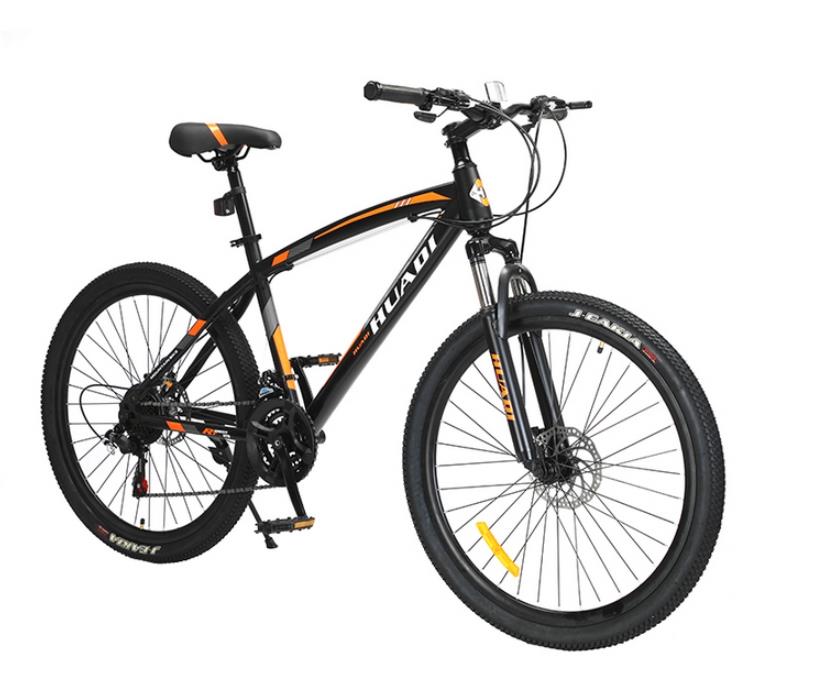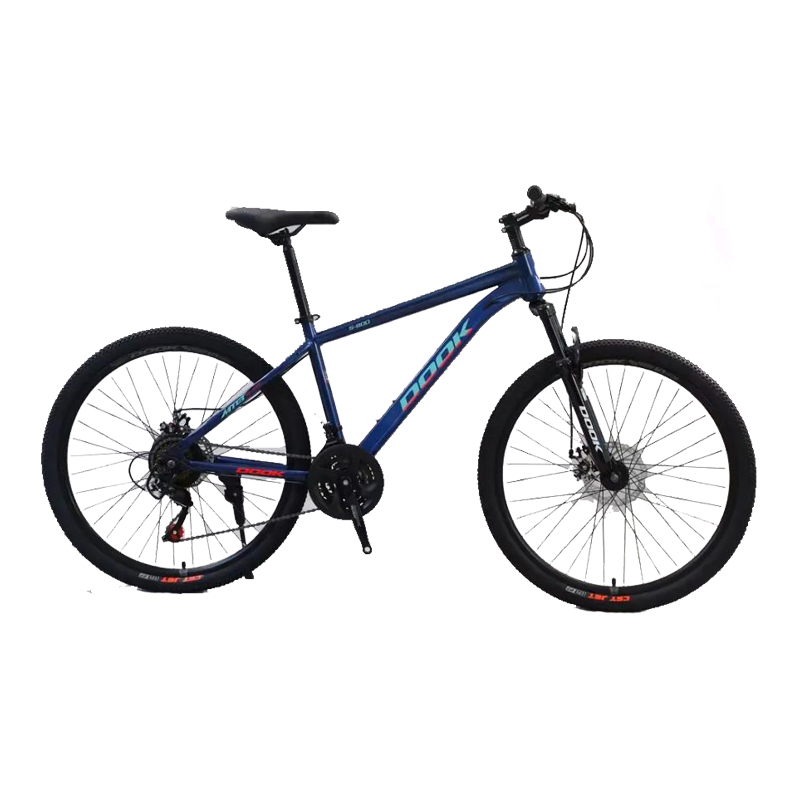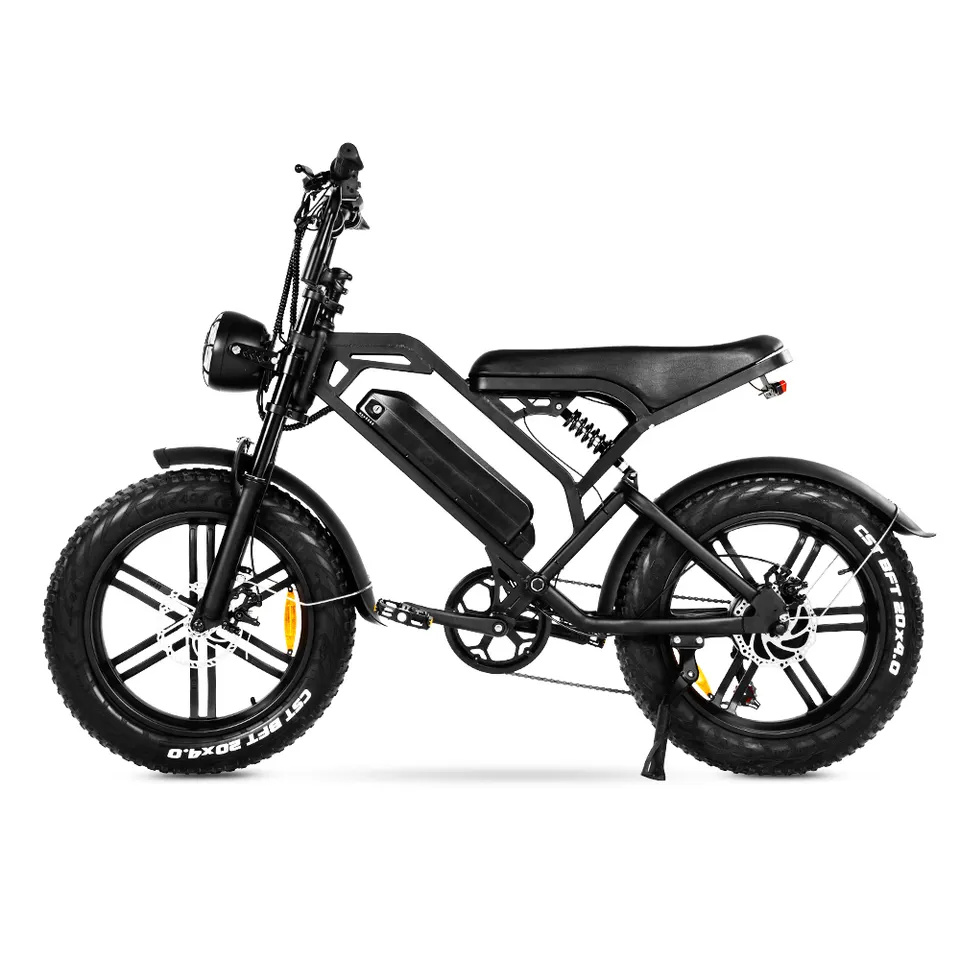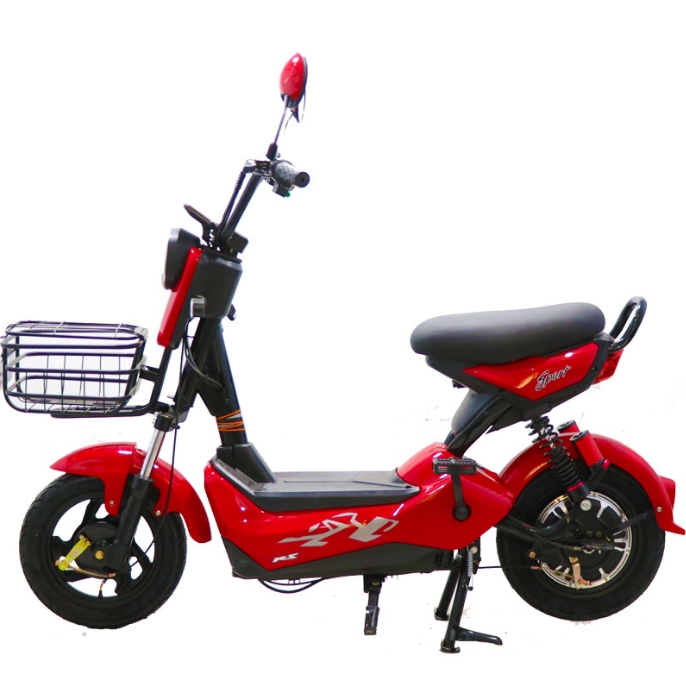Talking about electric bikes can feel like a foreign language. We’ll break down some basic terminology that you’ll often hear associated with e-bikes, so you can power up your confidence both on and off the bike.
- vicky@ezznebike.com
- 008618531207767

2023-10-09 11:24:52LOZON
Let’s talk tech and terms
Talking about electric bikes can feel like a foreign language. We’ll break down some basic terminology that you’ll often hear associated with e-bikes, so you can power up your confidence both on and off the bike.
Torque is the turning force that causes rotation in an electric bike motor and propels you forward. Bikes with more torque provide bigger bursts of immediate power while bikes with less torque provide less of an immediate burst of power. The maximum amount of torque an e-bike motor is capable of generating is measured in Newton meters (Nm).
It may be tempting to think that more is better, but torque can be nuanced. High-torque e-bikes are great for getting up steep hills and accelerating quickly but may not feel as natural and smooth as lower torque e-bikes. It’s best to think about how you want to use your e-bike and how smooth or powerful you’d like it to feel before choosing a bike with the biggest motor and most torque. Though there is no set definition, in general, bikes with under 50Nm can be considered low-torque and bikes with over 65Nm can be considered high-torque.
Power is what gets your e-bike motor moving and keeps it in motion. In scientific terms, it’s the electromotive force that propels your e-bike forward. Electrical power is measured in watts (or W for short), which is a single unit of electrical energy. Electric bike motors are legally limited to a maximum of 250W to remain classified as bicycles.
Battery capacity, or how much power a battery can hold, is calculated by doing a bit of math with a few different measurement units. When we multiply amp-hours (a measurement of electrical capacity) with volts (the force pushing amps through the system) we get watt-hours (Wh for short). Watt-hours indicate a battery’s maximum capacity, which correlates with how long it can operate before it runs out of power.
The larger the battery capacity an e-bike uses, the farther and longer you can ride, but high-capacity e-bike batteries are also larger and heavier than lower-capacity batteries.
Just like any other kind of battery, e-bike batteries have a limited number of times they can be fully charged and drained before they need to be replaced. The lifetime of e-bike batteries is expressed in charge cycles – the emptying and recharging of the battery. Most e-bike batteries are rated for 800-1000 charge cycles, which translates to over 10,000 miles of supported riding.
To prolong the life of your battery, keep it stored in a cool, dry place when not in use, and stay on top of regular services. When your battery has reached the end of its life, we’ll be here to help you recycle it.
Learn about e-bike battery recycling
Range is how far your e-bike system can provide assistance before it runs out of battery. Many factors contribute to the total supported range of an e-bike, like riding surface, terrain, wind, cycling behavior, rider weight, and even tire pressure. Some e-bike systems equipped with smart technology can offer estimated range data on-the-fly to help you stay aware of how much assisted riding you have before you need to charge up, and many can also be paired with an auxiliary range extender battery to help you go even farther.
Previous:We’re your e-bike experts
Next:How many physical principles do you know about bicycle construction?

24 26 inch aluminum alloy frame mountain bike

26 inch Mountain Bike

20inch Fat Tire Ebike Motorcycles

Small lithium-ion electric scooter assisted electric bicycle
Please include your contact information if you'd like to receive a reply